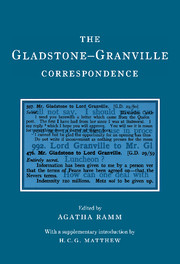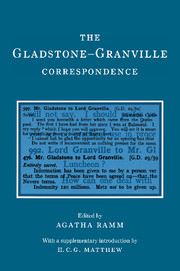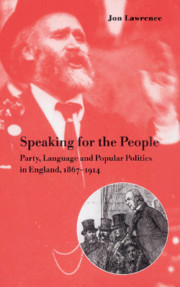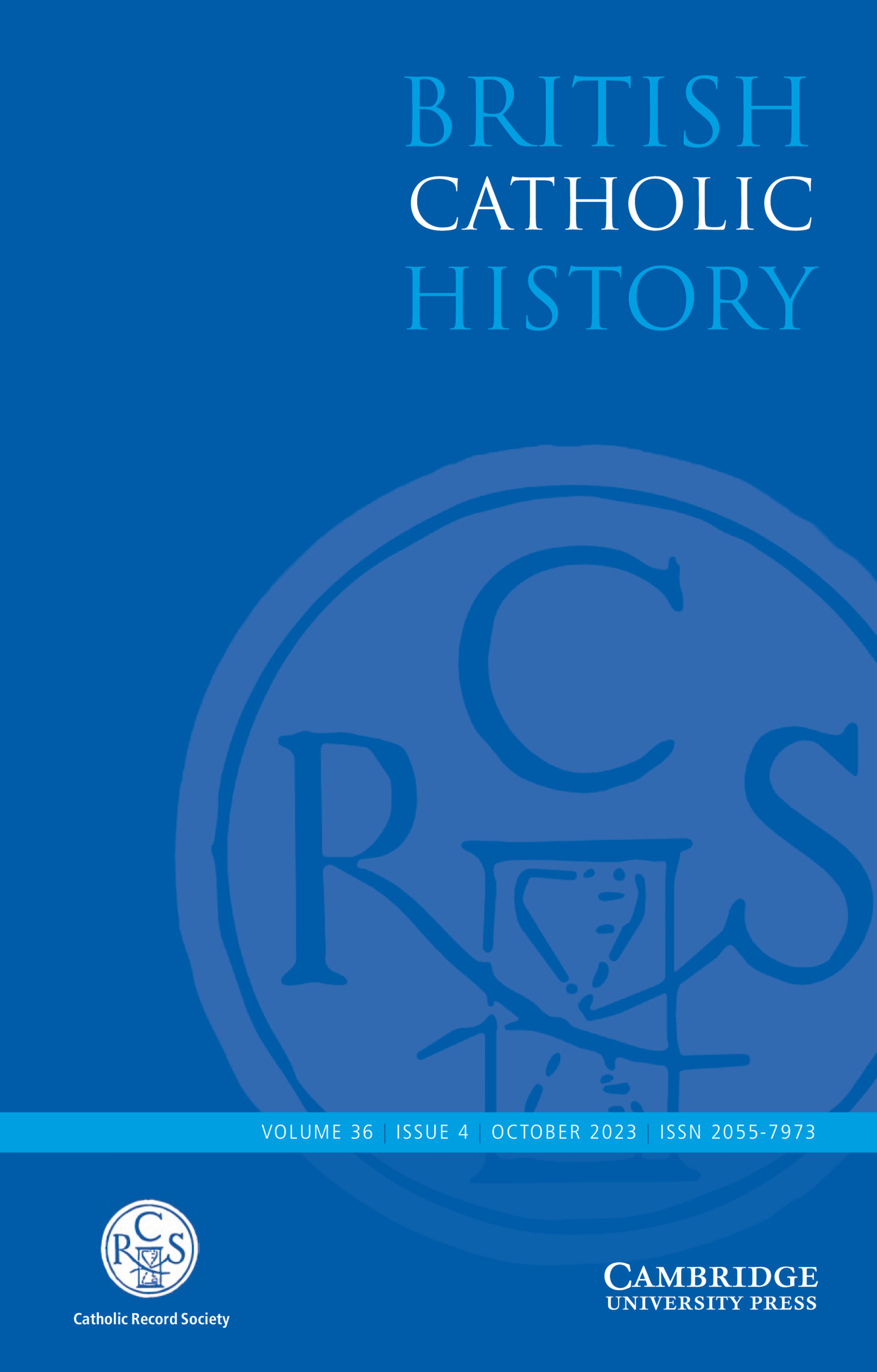Democracy and Religion
This book relates the political history of mid-nineteenth-century Britain to the assumptions which then prevailed about the abstract moral purposes of political activity. A great number of mid-Victorian writers and politicians expressed far-reaching hopes for the future development of British society, indeed for its regeneration; and such hopes were inspired by their religious outlook. They contended that these aims would be promoted by the pursuit, by governments, of particular educational, ecclesiastical, Irish and other policies. Part I of this book examines at length the varying aspirations, in this direction, of the different elements of Gladstone's Liberal party. In addition to Gladstone's own views, those of whigs, broad churchmen, theist intellectuals, high churchmen's interests are all analysed, in an account which ranges far beyond the time limits suggested by the book's title. Part II recounts the disputes within the party which these conflicting aims provoked between 1867 and 1875. These years were marked by the rise and fall of Gladstone's first and most active government, by the disestablishment of Irish Church in 1869 and the passage of the 1870 Elementary Education Act. In addition, politicians were introduced to a long series of broader and more intangible problems with connotations for religious and political stability - including those thrown up by the 1867 Reform Act, the Vatican Council, the Franco-Prussian war, the progress of the free-thinking movement, the rise of the home rule party in Ireland, and the growth of ritualism within the Church of England. Dr Parry shows how the attempt to tackle these issues slowly paralysed the effectiveness of Gladstone's government, leading to its fall in 1874, and to a crisis about the identity of British Liberalism which was never subsequently resolved. A long introduction and conclusion reassess the history of the Liberal party between 1832 and 1886, in the light of the book's findings. Dr Parry's work offers a radically new synthesis of political, intellectual and ecclesiastical history. It challenges the view that nineteenth-century politics can be understood properly if it is treated in primarily secular terms.
Reviews & endorsements
'This is a book which must be read by all serious students of nineteenth-century political history.' Asa Briggs, Guardian
'Parry's range of reading and breadth of references are awe-inspiring … a study of impressive intelligence, forcefulness and originality.' Roy Foster, The Times Literary Supplement
'… a major historical and intellectual achievement … communicating to the reader a sense of excitement and discovery.' K. Theodore Hoppen, The English Historical Review
'There can be no doubt that [Parry's] book will be a sine qua non for the history of the later Victorian age.' E. J. Feuchtwanger, The Times Higher Education Supplement
Product details
May 2012Adobe eBook Reader
9781139239820
0 pages
0kg
This ISBN is for an eBook version which is distributed on our behalf by a third party.
Table of Contents
- List of tables
- Acknowledgments
- Notes on text, index and footnotes
- Introduction
- Part I:
- 1. The Whig-liberals: I
- 2. The Whig-liberals: II
- 3. Gladstone, high churchmen and liberal Catholics
- 4. The radicals
- Part II:
- 5. Searching for unity: the Irish Church question, 1867–9
- 6. Education, establishment and Ireland 1869–71
- 7. The religious problem intensified, 1872–3
- 8. The fall of teh government, 1873–4
- 9. Disunity explicit, 1874–5
- Conclusion
- Bibliography
- Index.










